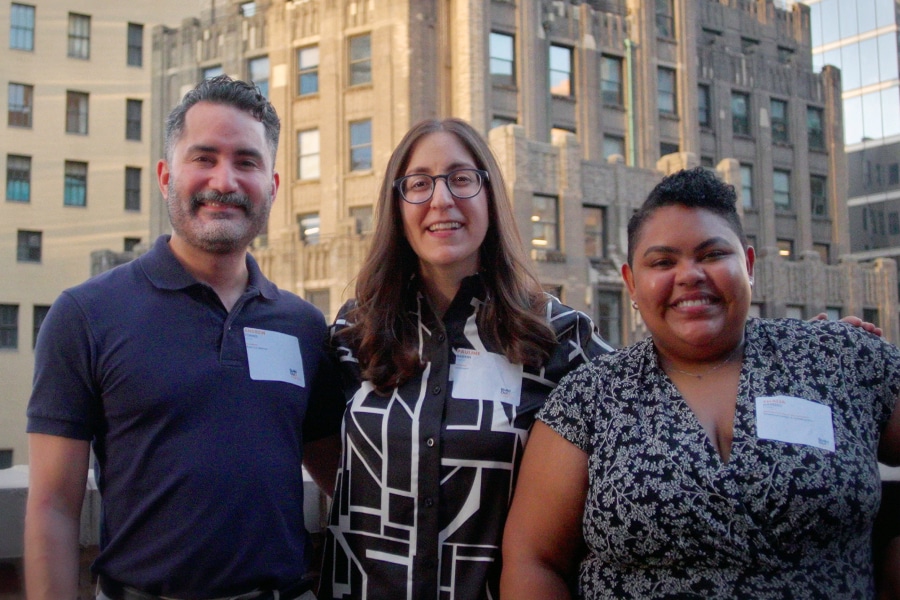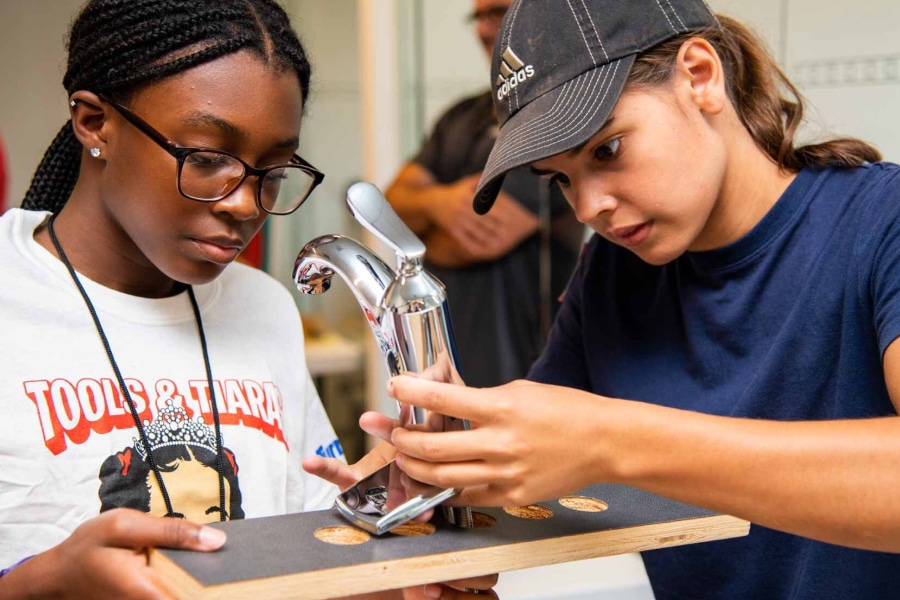The roar of welding torches and hum of assembly lines marked a profound transformation during World War II. These sounds heralded women in overalls and hard hats who stepped into roles that had been exclusively male, reshaping not only the construction industry but societal perceptions of women’s capabilities.
Known as one of the most pivotal moments for women in the workforce, the war was a catalyst that brought women into construction and other skilled trades on an unprecedented scale. This feature explores how World War II changed the landscape of construction, the barriers women overcame and the legacy they left behind.
Setting the Stage: Construction and Workforce Dynamics Before World War II
Before World War II, the construction industry was predominantly male, with women largely confined to roles deemed “appropriate” for their gender, such as clerical work and domestic labor.
Even when women contributed to building homes or working on farms, their efforts were often unrecognized and undocumented. For instance, in the early 1900s, women constituted only about 1% of the officially reported farm workforce, despite their significant contributions to agricultural labor. This underrepresentation extended to construction, where societal norms and gender biases limited women’s participation in the industry.
The attack on Pearl Harbor in December 1941 changed this dynamic. As the United States mobilized for war, millions of men enlisted in the armed forces, leaving critical gaps in the workforce. Industries like construction, shipbuilding and manufacturing faced severe labor shortages, threatening the nation’s ability to meet wartime production demands. To fill the void, the government launched extensive recruitment campaigns aimed at women.
Women Stepping Up: Transforming Construction During World War II
One of the most iconic symbols of this era was “Rosie the Riveter,” a cultural figure who embodied the strength, resilience and determination of women entering the workforce. Government campaigns leveraged Rosie’s image to encourage women to step into roles traditionally considered too demanding or dangerous for them. The strategy worked: by 1944, women accounted for nearly 10% of the construction workforce, according to a U.S. Department of Labor report.
Women’s contributions spanned a range of critical infrastructure projects. In shipyards, women worked as welders and pipefitters, assembling warships at record speeds. At airfields, they constructed runways and hangars, enabling the rapid deployment of aircraft. These jobs required physical endurance and technical skill, which women mastered with remarkable efficiency.
…..
How Construction Helped Win World War II:
Discover the pivotal role the construction industry played in securing victory during World War II. From building airfields and naval bases to assembling critical infrastructure at record speeds, construction professionals contributed significantly to the Allied war effort. Learn how the ingenuity and determination of workers, including thousands of women stepping into new roles, laid the foundation for modern construction practices.
Read more about the construction industry’s impact during WWII on the Bluebeam Blog: How Construction Helped Win World War II
…..
For example, in the Kaiser Shipyards of Vancouver, Washington, women helped reduce ship assembly times from months to mere weeks. Their work not only accelerated wartime production but also demonstrated their capability to excel in physically demanding roles.
Rosie the Riveter was no exaggeration—women truly were the backbone of the war effort on the home front.
Challenges and Triumphs: Overcoming Barriers in Wartime Construction
The path to inclusion in construction was not without obstacles. Many women faced skepticism and outright resistance from male colleagues who doubted their abilities. Physical demands of the job added another layer of difficulty, as did the lack of childcare for working mothers. Despite these challenges, women persevered.
The introduction of government-sponsored training programs helped ease the transition. Courses in welding, carpentry and other trades equipped women with the skills needed to excel in their roles. However, these programs also reflected societal biases; many were reluctant to fully embrace women’s long-term presence in construction and other skilled trades.
Despite the hurdles, women’s triumphs were undeniable. In addition to contributing to major infrastructure projects, they helped shift public perceptions of what women could achieve. By the war’s end, the image of a woman wielding a welding torch or operating heavy machinery was no longer a rarity—it was a testament to their capabilities and determination.
Societal Shifts and Lasting Legacy: The Impact of Women in Wartime Construction
The success of women in wartime construction began to challenge long-held stereotypes about their physical and intellectual abilities. Nevertheless, the end of the war brought new challenges. With the return of millions of servicemen, many women were forced to leave their jobs, often replaced by returning veterans. The societal narrative shifted once again, emphasizing a “return to normalcy” that relegated women to domestic roles.
Yet, not all women left the workforce quietly. Some advocated for their right to stay in the industry, paving the way for future generations. While their numbers dwindled in the immediate post-war years, their contributions laid the groundwork for the women’s rights movements of the 1960s and 1970s.
The Lasting Impact of Women on the Construction Industry’s Evolution
The legacy of women’s involvement in wartime construction can still be felt today. Their achievements provided a foundation for future inclusion efforts and inspired initiatives to promote gender diversity in the industry. Programs like Women in Construction Week and organizations like the National Association of Women in Construction (NAWIC) trace their roots to the resilience and determination of these wartime trailblazers.
The construction industry continues to benefit from this legacy. As of 2022, women represent nearly 11% of the construction workforce, a number that continues to grow as companies and organizations work to break down barriers. Modern initiatives, including mentorship programs and scholarships, build on the progress made during World War II to encourage more women to join and thrive in the industry.
Building an Inclusive Future: Advancing Diversity in Construction
The women who stepped into construction roles during World War II didn’t just fill a labor gap—they shattered barriers and redefined societal expectations. Their contributions demonstrated that women could excel in physically demanding and technically complex roles, laying the groundwork for a more inclusive industry.
Today, the construction industry honors their legacy by continuing to promote diversity, equity and inclusion. Through ongoing advocacy, training programs and cultural shifts, the industry is building a future where women are not just participants but leaders in shaping the built environment.
The torch passed by these wartime pioneers burns brightly, lighting the way for future generations of women to leave their mark on construction.











